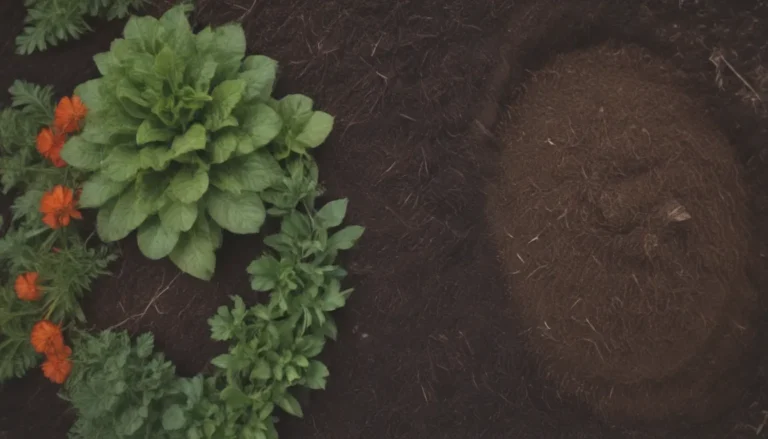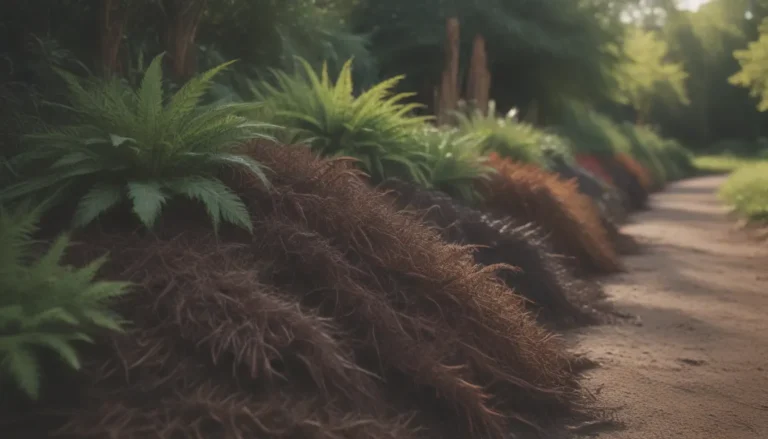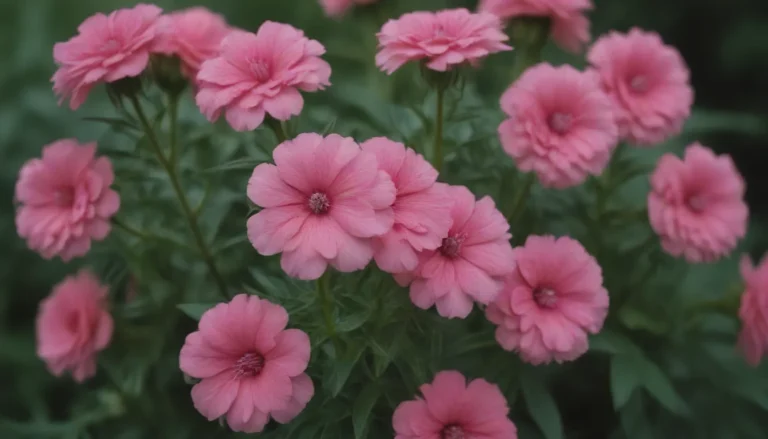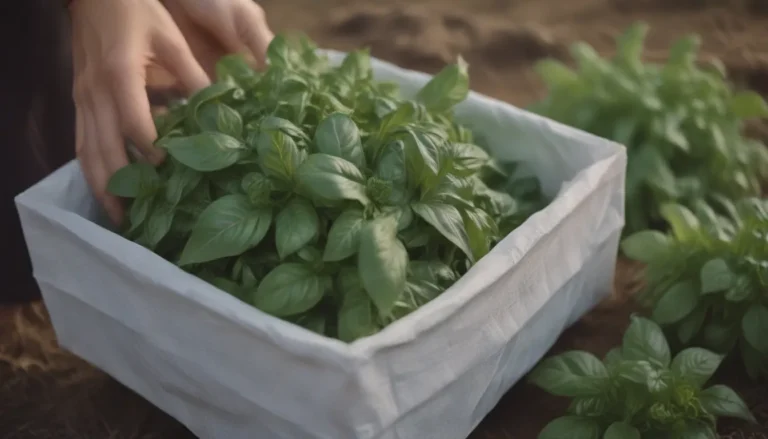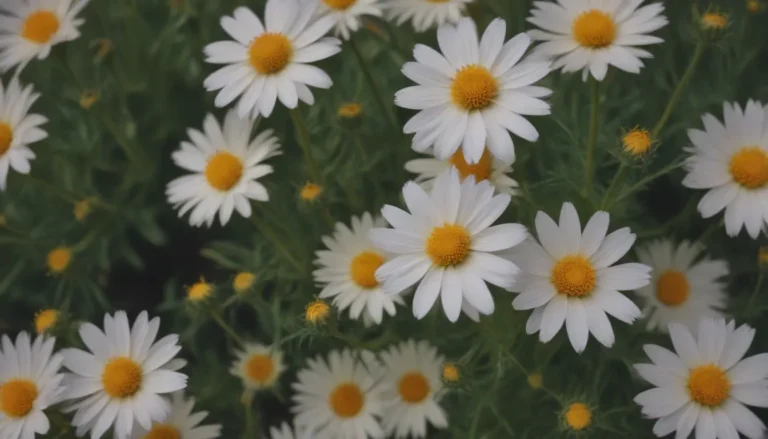Ultimate Guide to Growing and Caring for Joshua Tree
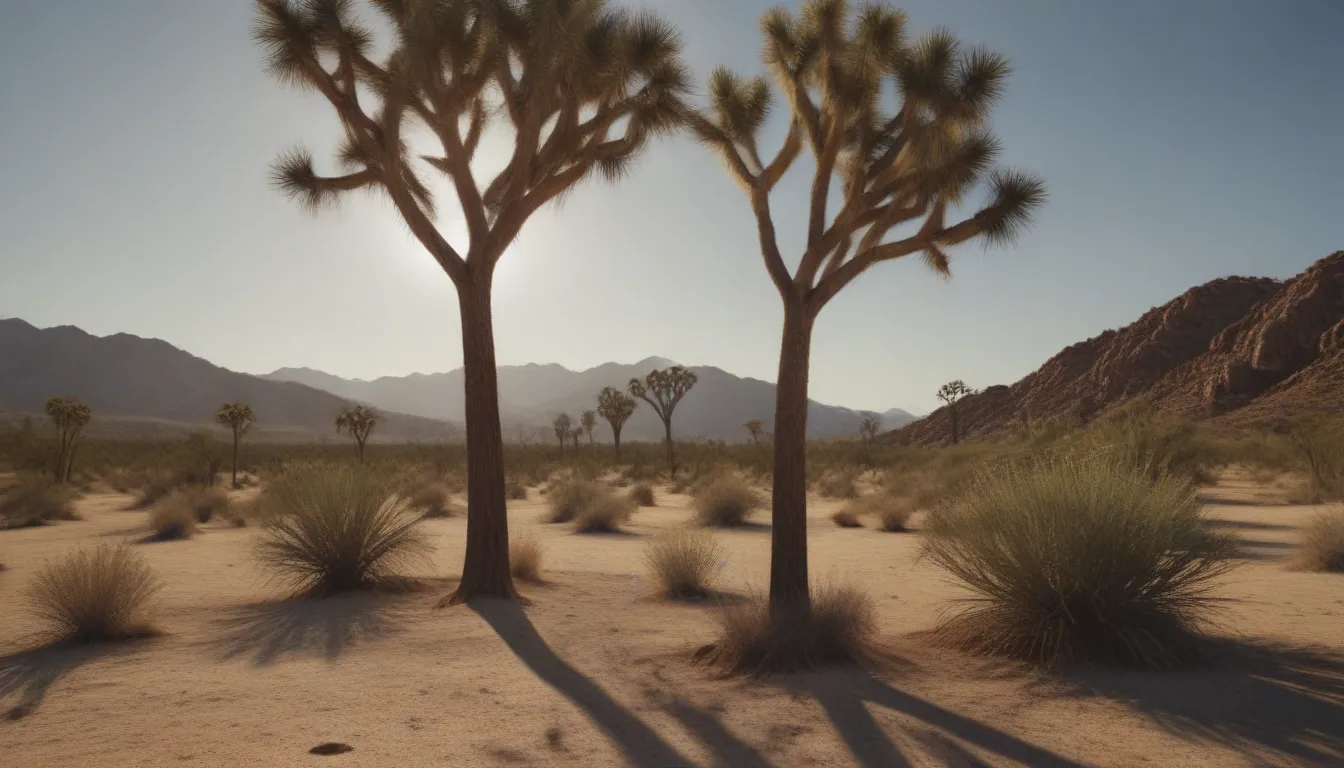
Welcome to our ultimate guide on how to grow and care for the iconic Joshua tree, a slow-growing evergreen synonymous with the Mojave Desert. In this comprehensive article, we will provide you with all the valuable information you need to successfully cultivate and maintain a healthy Joshua tree in your desert-like landscape.
Introduction to Joshua Tree Care
If you are fortunate enough to live in desert-like conditions, the Joshua tree may be the perfect addition to your garden. Known for its unique appearance and ability to thrive in extreme environments, Joshua trees require specific care to flourish. Here are the main care requirements for growing a healthy Joshua tree:
Light
Just like any desert plant, the Joshua tree thrives in full sunlight. Make sure to plant it in a location where it will receive plenty of direct sunlight throughout the day.
Soil
Joshua trees can tolerate sandy, loamy, rocky, and clay soils, but the key is to ensure that the soil is well-drained and dry. In fact, the poorer the quality of soil, the better the Joshua tree is likely to grow. Avoid fertile, rich soils that can hinder its growth.
Water
Joshua trees are highly drought-tolerant and only need supplemental watering during periods of drought. Wait until the soil is dry, dusty, and crumbly to the touch before watering the tree. Overwatering can lead to root rot, so be mindful of the water requirements of your Joshua tree.
Temperature and Humidity
To mimic the extreme conditions of the Mojave Desert, your Joshua tree needs a scorching hot, dry summer and a cold winter. The tree can tolerate temperatures as low as 12 degrees Fahrenheit in winter and as high as 120 degrees Fahrenheit in summer. Avoid planting Joshua trees in tropical, humid climates with high levels of rainfall.
Fertilizer
Wild Joshua trees thrive in poor, infertile soils and rarely need supplemental feeding. If you choose to fertilize your tree, opt for a slow-release fertilizer suitable for desert plants or a mild, organic option like fish emulsion. Avoid over-fertilizing, as it can alter the natural form of the tree.
Types of Joshua Tree
There are only two recognized sub-species of Joshua tree: Y. brevifolia var. brevifolia and Y. brevifolia var. jaegeriana. The latter is a dwarf tree version that typically grows to around 10 feet with shorter branches compared to the standard Y. brevifolia.
Pruning Tips for Joshua Tree
One of the unique features of the Joshua tree is its natural form, which rarely requires pruning. Remove any old or damaged flowering stems, but allow the branches with dry leaves to remain, as they can insulate the plant during cold winters by absorbing moisture.
Growing Joshua Tree From Seed
Growing Yucca brevifolia from seed can be tricky, as the flowers require pollination by a specific species of moth native to their habitat. Hand-pollination may be necessary for best results. Sow fully ripe and fresh seeds for the highest chance of success.
Tips for Getting Joshua Tree to Bloom
Getting a Joshua tree to bloom can be challenging, as it requires perfect weather conditions. Here are some tips to encourage blooming:
- Joshua tree blooms from March to May in the spring.
- The flowers are small, white-green, and have an unpleasant, mushroom-like fragrance.
- Freezing winter conditions stimulate the following season’s flowers.
- Proper care and hope are key, as blooming may not happen every year.
Caring for Joshua Tree After Blooming
Once your Joshua tree has bloomed, continue with minimal care as usual. There is no need for any special care after blooming, as the tree will largely take care of itself.
Deadheading Joshua Tree Flowers
There is no need to deadhead Joshua tree flowers, as it will not encourage additional blooming. Remember, Joshua trees thrive in their natural habitat and are best kept outdoors rather than indoors.
General Care Tips for Maintaining a Healthy Joshua Tree
Here are some additional tips for caring for your Joshua tree to ensure its long-term health and vitality:
- Transplant your Joshua tree into the ground for optimal growth, as it may not thrive in a pot due to its specific soil and watering needs.
- Avoid overwatering, as Joshua trees are adapted to very small amounts of water.
- Neglect is preferred over excessive attention, as Joshua trees thrive in their specific desert conditions.
- Joshua trees are long-lived, with some estimates suggesting they can live up to 150 years.
In conclusion, growing and caring for a Joshua tree requires specific attention to its unique needs and preferences. By following the tips and guidelines outlined in this article, you can successfully cultivate a healthy and thriving Joshua tree in your desert landscape. Embrace the beauty and resilience of this iconic desert tree and enjoy watching it grow and flourish in its natural environment. Happy gardening!
Source: Joshua Tree. San Bernardino County Department of Public Works.
